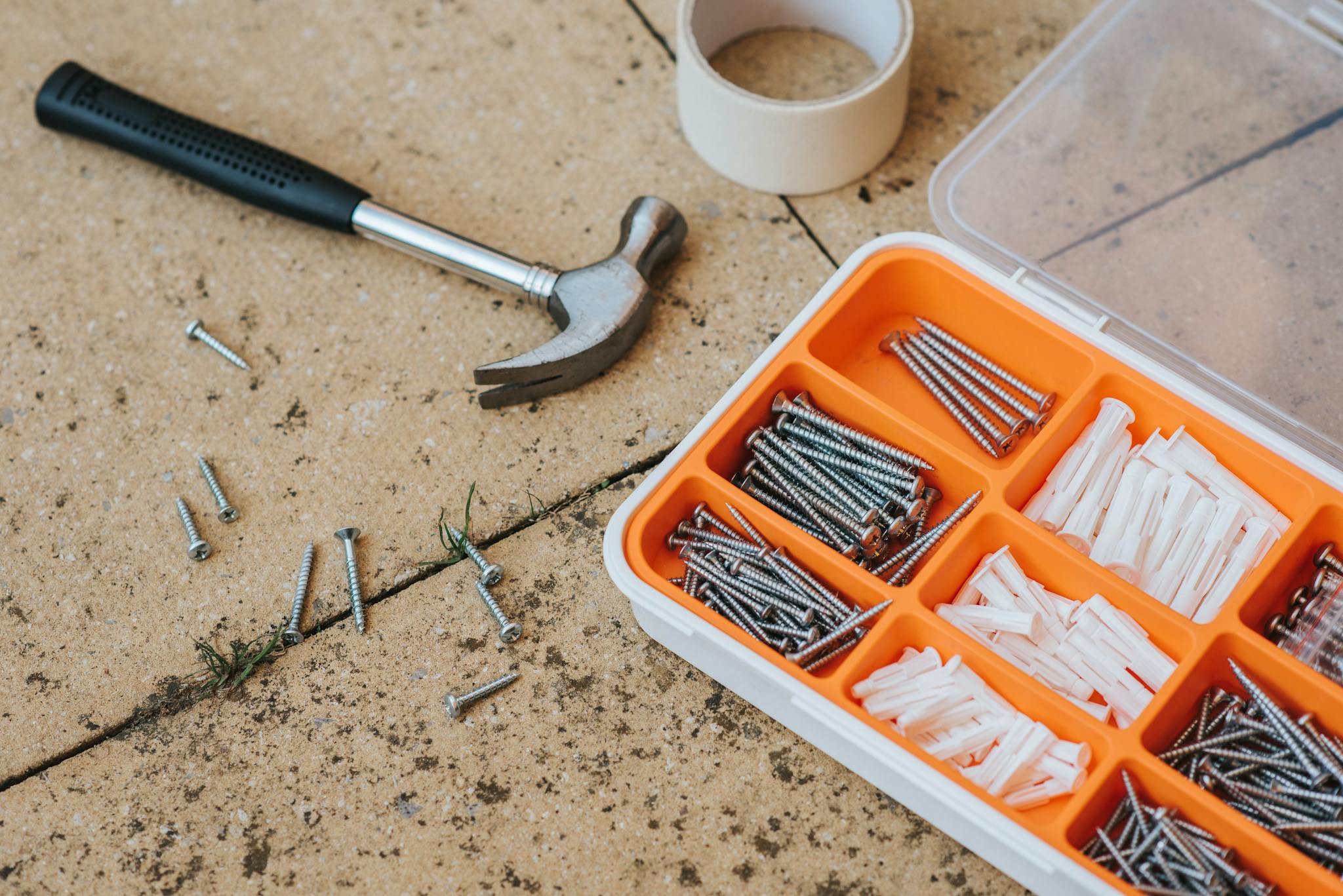Helical Tiebacks
Helical tiebacks are a type of ground anchoring system used in construction to provide lateral support for retaining walls and excavations. They consist of helical-shaped steel rods that are drilled and rotated into the ground to secure the structure in place. Helical tiebacks are typically used when there is limited access for traditional methods or when working on projects with restricted spaces. Unlike soil nails, which rely on friction and bearing capacity of the surrounding soil, helical tiebacks create tension along the entire length of the anchor, making them suitable for supporting heavy loads and resisting soil movement in various soil types.
Helical Tiebacks and When to Use Them
When faced with unstable soil conditions that pose a threat to the stability of a structure’s foundation, helical tiebacks become a crucial solution. These specialized anchors are ideal for providing additional lateral support in situations where traditional methods may not be sufficient. Helical tiebacks are commonly used to stabilize retaining walls, seawalls, and other structures that require reinforcement against soil pressure. The helical design allows for easy installation in limited access areas and offers a cost-effective and reliable solution to prevent potential foundation failure.
How Helical Tiebacks Work
Helical tiebacks are commonly used in construction to provide lateral support for retaining walls, foundation walls, and excavations. These tiebacks are installed by drilling a hole into the ground and then rotating a helical anchor into place. As the anchor is screwed deeper into the soil, it creates resistance against movement, effectively stabilizing the structure above. The helical design allows the tieback to provide considerable holding capacity while requiring minimal disturbance to the surrounding soil. This makes helical tiebacks a versatile and efficient solution for a variety of construction projects.

Summary of Helical Tiebacks
Helical tiebacks are a common solution used in geotechnical engineering to stabilize retaining walls, slopes, and other structures. These tiebacks consist of a helical-shaped steel rod that is drilled deep into the ground and anchored to the structure. One of the main benefits of using helical tiebacks is their ability to provide immediate lateral support, preventing further movement and potential failure of the structure. They are also cost-effective, easy to install, and can be used in various soil conditions, making them a versatile option for stabilization projects in geotechnical engineering.
